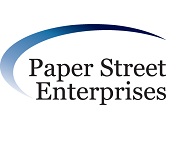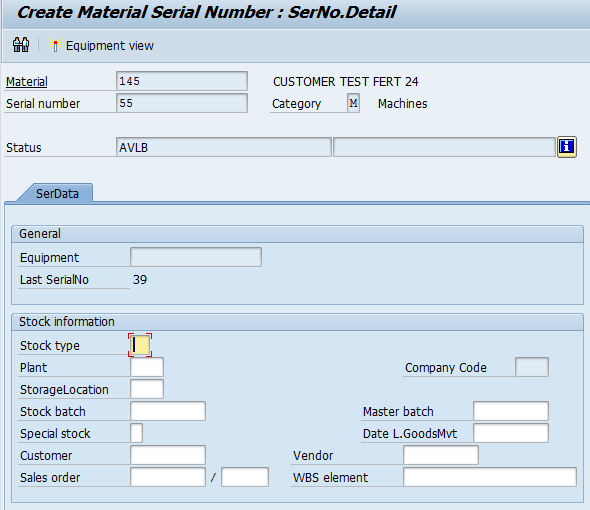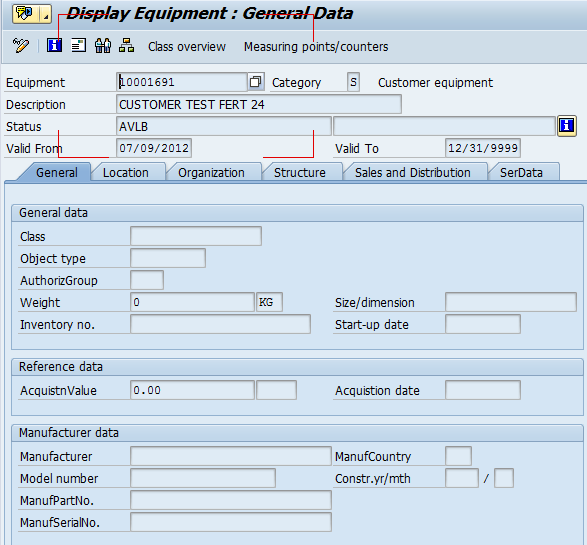I recently had someone ask me the question, if I’m stuck deep in the world of make to stock, can I still use VC? For me, the case was usually pretty simple. Even when I worked in a company that converted everything to a material variant, it was still an easy business case to use VC. Of course, every business is different, but here’s what I look for when I try to decide if it’s a good candidate. In my opinion, a product is a good fit, regardless of MTO or MTS. Now, don’t get me wrong, MTO is so much easier because you don’t have the residual master data, but in general the BOM and routing maintenance is still worth the trade off. So here’s what I look for when I evaluate a product for VC.
1. are there clear rules defined for the product? by this, I mean are the rules pretty stable? this is common when you deal with products with a variable length or variable qty of something. My first job worked heavily with cable lengths, interchangeable connections, and boxes of different sizes. These attributes make it worth while, even if you make MV’s. But, if you are constantly changing rules, adding new characteristics, MV’s quickly become unwieldy. Keep in mind, a material variant is a snapshot of a configuration. If you change the rules and a new value is added or determined, you need to “refresh” all of your material variants in order to make sure your BOM rules fire appropriately. While this isn’t impossible, as your number of MV’s increase, so does your effort level for even simple changes.
2. is there a “relatively” static BOM? By this I mean are you adding a new component every time you make a new part? or is the BOM the same, just changing quantities or swapping A for B? if you fall into the second category, you passed my second test. However, if you will need always alter the BOM for ever new configuration, you really need to look more at ETO (engineer to order). If you are using ETO, MTS is pretty much out the window.
3. The next thing to factor in is if it really needs to be MTS. Now, in general, many companies are used to dealing with MTS, so MTO seems scary, cumbersome, or just “Not a fit”. Many times, this is just a lack of understanding. In a lot of places I’ve worked, you can make a small piece of the VC puzzle MTS, and then just add that MTS component as one of the components of your configurable BOM. IN this way, you can still handle the quick turn around you accomplish with make to stock, without creating thousands of materials that will never be ordered again.
4. Another big concern is returns. My first job, we went down the path because it was an old version of SAP (3.0F) and there is now good way to perform a return on a configurable item. Now, this has improved over the years, but it will still be a hassle. Typically, to perform a return, you either need to bring the stock back as customer stock, and it lives on the original sales order. Or if you want to put it into stock, you can create an MV. In general, to me, this is still a better approach than making a MV for everything.
Now, the specific case for handling VC in a MTS environment. The easiest way to justify still using VC is in the engineering drawings needed to produce the material, the BOM and routing work necessary for every new material, and the engineering change group (if applicable). I had a recent client where we needed to make configurable materials into MV’s whenever they are needed for service. The process takes about 5 minutes to create a new material and it’s ready to roll. Can you make a normal material that fast? at my first job, we built an entire VC function to do it all auto-magically in the background (we even added rules to help define the MV values). So… I hope that helps you out.
Thanks for reading,


